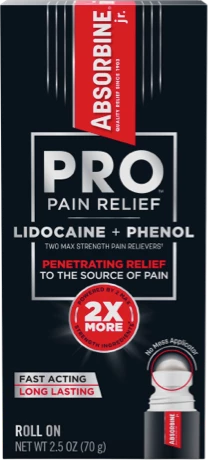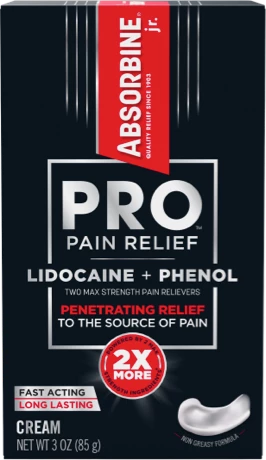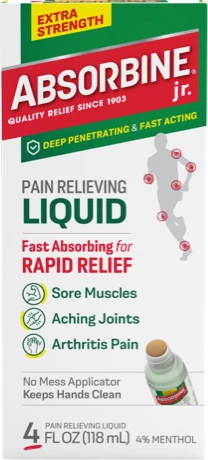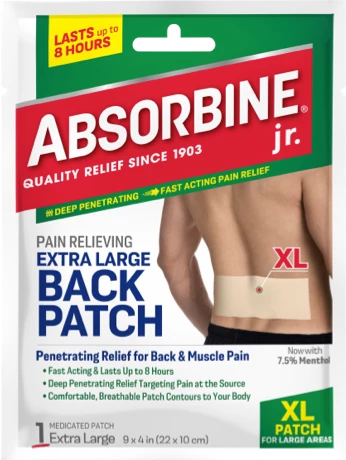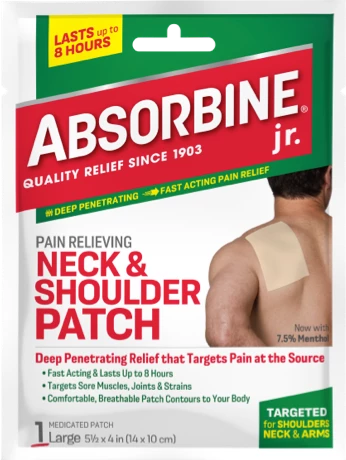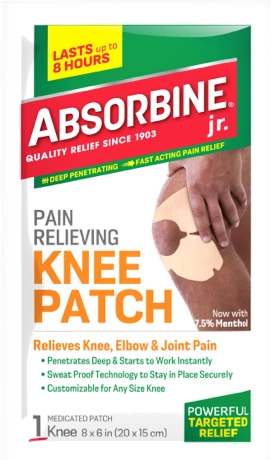What’s the Difference Between Analgesics and Anesthetics for Pain Relief?
Much of what we perceive as pain is due to signals that our nerves send from our skin, organs, and muscles to our brains. When we get hurt, our nerves send stronger signals because of chemicals called prostaglandins released after we are hurt. Prostaglandins can also be thanked for the swelling that happens after an injury.
Analgesic – Helping with Pain Relief
“Analgesic” is another way of saying “painkiller” or “pain reliever.” These medicines work by stopping the nerves from signaling the pain to our brain or changing how our brain understands these signals.
Several types of analgesics are available without a prescription or “over-the-counter.” These include acetaminophen (commonly found in Tylenol,) aspirin, and non-steroidal anti-inflammatory drugs (NSAIDs) like ibuprofen (commonly found in Advil.) Each function slightly differently, but they all work by blocking a specific type of enzyme called cyclooxygenase or COX. COX is crucial to producing prostaglandins, which, as mentioned above, boost pain signals and lead to inflammation.
Anesthetics – Preventing Pain
“Anesthetics” also help manage pain, but in a different manner. Anesthetics suppress nerves’ responses to sensory stimulation – from touch or pain. Local anesthesia is a type of medicine that can make part of our body feel numb so we don’t feel any pain. It stops the nerves in that area from sending messages to our brains.
Lidocaine is a member of the anesthetic family and is one of the active ingredients in Absorbine Jr. PRO. Lidocaine can be put on our skin to stop us from feeling pain in a certain areas. It numbs our skin and tissues and blocks the signals that nerves send to our brains when we’re hurt.
Topical anesthetics are medicines that can help us feel better by numbing the skin. We can find them as sprays, creams, lotions, gels, or adhesive pads. The good thing about them is that they start working right away, unlike other pain medicines that must be swallowed and wait to dissolve before they start working. For example, Absorbine Jr. PRO is a topical anesthetic that can work immediately.
Some people have many medical conditions or take other medicines and are worried about problems that can happen when taking too many medicines at the same time. These people might prefer to use a pain medicine that is put on the skin, like a cream or a patch. Using a medicine like this means that it won’t go into the rest of your body, so it can be a good choice if you’re worried about how different medicines might affect you. Plus, if you don’t like swallowing pills, this type of pain medicine can be a good option for us.
Researchers analyzing the results of 43 studies on topical lidocaine for the medical journal Drug Design, Development, and Therapy say topical lidocaine can be a great option alone or in addition to oral medications and non-medical techniques (such as ice) for optimized pain management.*
Of course, the types of therapies you choose will depend on what is causing your pain and what your doctor recommends. Talk to your doctor about whether an oral analgesic might be best for you or if a topical anesthetic like Absorbine Jr. PRO is more appropriate. Or whether you might benefit from a combination of the two; many people do.
*Voute M, Morel V, Pickering G. Topical Lidocaine for Chronic Pain Treatment. Drug Des Devel Ther. 2021 Sep 29;15:4091-4103. doi: 10.2147/DDDT.S328228. PMID: 34616143; PMCID: PMC8487862.)
Use as Directed.

